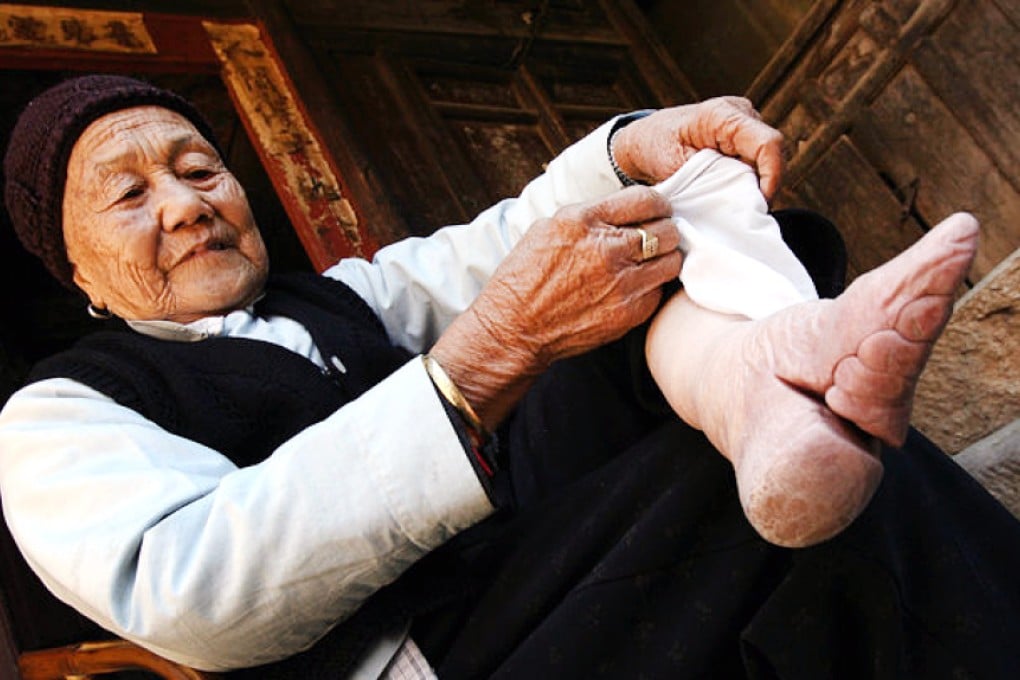Then & Now | All about sex: Real reason why Chinese women bound their feet ... and it wasn't for their pleasure
Early Western accounts of the alluring gait of China's bound-feet women ignored the belief underlying the practice - that it tightened the women's thigh and pelvic muscles and heightened the sexual pleasure of the men who possessed them, writes Jason Wordie

Like opium dens, sedan chairs and bat-winged junks, women with bound feet were once stereotypical to China.
Deliberately crippled to conform to male ideals of beauty, these strange, pathetic creatures - to Western eyes - embodied the mysterious ways of the East.
Early travel accounts describe the “alluring” manner in which Chinese women with bound feet walked, as they gently swayed and tottered, usually with an amah on each arm for support. Physiological reasons for this “attractive” faltering gait were never seriously questioned by casual observers.
Read more: The last foot-bound women of Yunnan
Carefully sanitised by euphemistic nonsense, foot binding was considered a quaint cultural taste that no outsider could ever fathom. In reality, the underlying appeal was explicitly sexual.
Crippled feet required one to walk in a certain mincing manner to avoid toppling over; as a result, it was believed, the inner thigh and pelvic muscles became unusually tight. Thus, more lurid thought processes went, the smaller the bound feet, the stronger the vaginal muscles would be during lovemaking.
The last bound-feet women of China - in photographs
Adult human feet reduced to 10cm-long stumps – the fabled “golden lily feet” – were the most prized.
